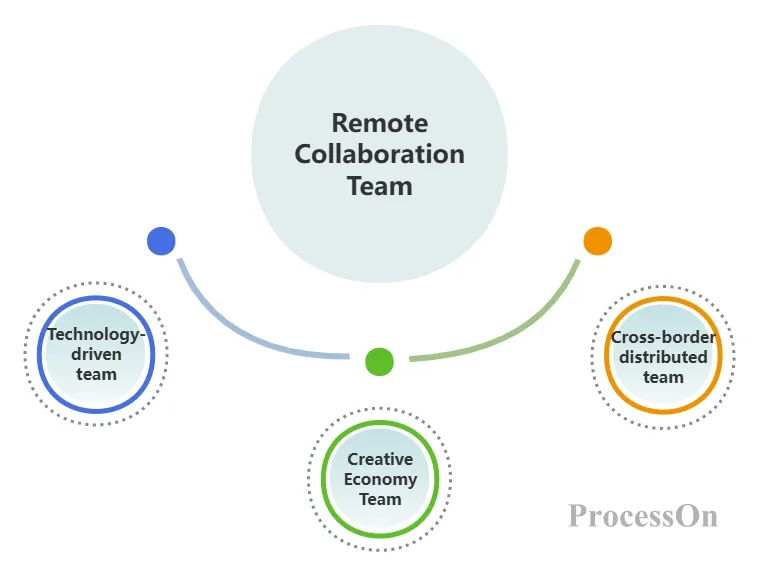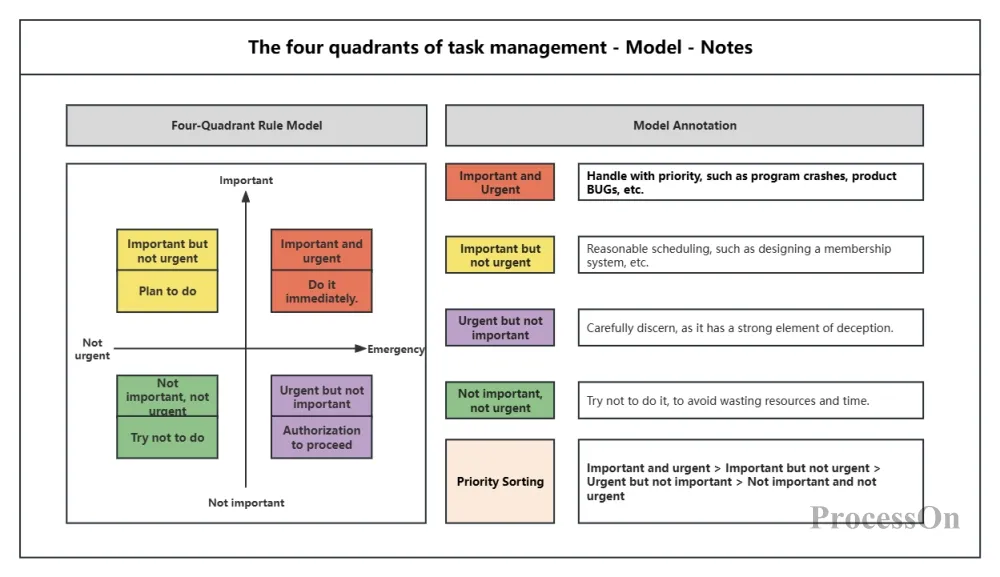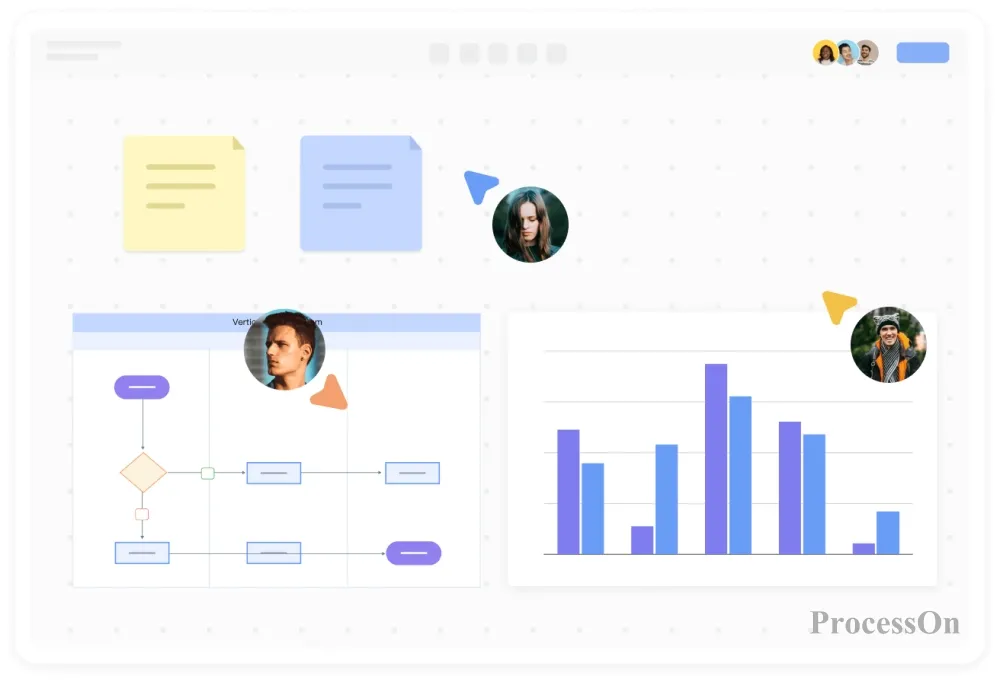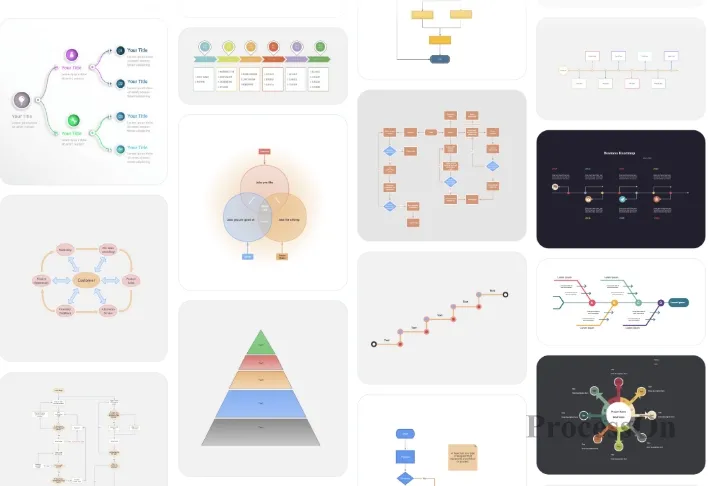In the wave of digital work, remote collaboration has become an important trend . By scientifically selecting remote collaboration tools, establishing standardized processes, and mastering effective collaboration methods, teams can not only break through the limitations of physical space, but also inspire unprecedented creativity and achieve efficient and high-quality collaboration.
Remote collaboration is suitable for many types of teams. Here are some team types that are particularly suitable for remote collaboration:
Developers, designers and other positions rely on digital tool chains. Code repositories (such as GitHub) and prototyping tools (Figma) naturally support asynchronous collaboration.
Advertising planning, content creation and other fields that require inspiration can break through geographical restrictions and access the global talent pool
The time zone covers a 24-hour work cycle, and industries that require 24-hour services, such as finance and e-commerce, are particularly benefited

Teams that are suitable for remote collaboration
With the further development of digital and intelligent technologies, a series of innovative collaboration tools have emerged, bringing unprecedented convenience and efficiency to remote team collaboration. Here are some recommendations for remote team collaboration tools:
ProcessOn : Based on cloud services, ProcessOn supports multiple people to edit document notes, mind maps , flow charts , UML diagrams , etc. online at the same time, and realizes real-time sharing and editing. It provides a variety of templates and themes to meet various needs such as project management, study notes, creative planning, etc. It is very suitable for cross-departmental process sorting, optimization and confirmation , team collaboration to formulate work plans, study plans , and organize complicated schedules .
Zoom : Zoom supports multi-party high-definition video calls, provides a smooth video conferencing experience , allows participants to share screens, display documents, presentations and other content , and supports interactive functions such as chat, raising hands, and voting to enhance meeting participation. It is suitable for daily corporate meetings, training, remote collaboration, and online seminars.
Asana : Asana provides functions such as task assignment and progress tracking to help teams manage projects efficiently . It supports multiple views such as boards, lists, timelines, etc. to meet the needs of different teams , supports automated workflows, reduces repetitive tasks, and improves work efficiency. It is suitable for teams that need cross-platform collaboration and have high requirements for task tracking, such as creative project teams in advertising companies.
Trello : Trello is known for its intuitive card and board interface, which is very suitable for small team and personal project management . Users can easily create boards and add cards to the boards to represent tasks, making it easier for team members to collaborate and communicate.
Figma : Figma is mainly used for UI/UX design and prototyping, emphasizing collaborative efficiency and maintainability of the design system. It supports multiple people to edit the same design file at the same time and view each other's modifications in real time. It is suitable for team collaboration among designers, developers, product managers and other roles.
Microsoft Teams : Microsoft Teams supports instant messaging, video conferencing, file collaboration, task management and other functions . It seamlessly connects with Office 365 suites, Outlook mailboxes, etc. to improve team efficiency. It is suitable for cross-departmental collaboration within the enterprise.
Google Hangouts : Google Hangouts can be used for quick chats and video calls , and is integrated with other Google products: such as Gmail, Google Drive, etc., to improve work efficiency.
In the process of remote team collaboration, it is crucial to establish an efficient work system. This not only ensures the smooth transmission of information, but also improves the team's execution and innovation capabilities. The following is a set of golden rules for efficient remote collaboration, covering three aspects: communication, task management, and document collaboration.
In order to ensure timely transmission of information and effective communication within the team, we need to build a three-level communication system consisting of an instant layer, an asynchronous layer, and a ritual layer.
Instant layer: In a fast-paced work environment, instant communication is essential. Using instant messaging tools such as Slack or Microsoft Teams, team members can respond to urgent matters quickly to ensure that problems are resolved in a timely manner. Such tools provide functions such as chat, file sharing, and voice calls, making communication more convenient and efficient.
Asynchronous layer: Asynchronous communication focuses on the accumulation and sharing of knowledge. Database tools such as Notion can help teams build knowledge bases to store project documents, meeting minutes, workflows and other information. Team members can access them whenever they need to, reducing repeated communication and improving work efficiency. In addition, asynchronous communication allows team members to think deeply without time constraints and come up with more valuable ideas.
Ritual layer: Regular team meetings are key to maintaining team cohesion and sense of direction. Weekly all-staff stand-up meetings held via Zoom allow team members to quickly synchronize project progress and share work experiences. Monthly offline strategic meetings allow team members to communicate face-to-face and discuss major issues such as company strategy and project planning in depth, thus enhancing team cohesion.
Task management is the core of improving team execution. By using the four-quadrant rule and combining it with tools such as Trello and Jira, we can effectively divide and manage tasks.
Urgent/Important Matrix: Using Trello's Kanban function, we can divide tasks into four quadrants: urgent and important, urgent but not important, not urgent but important, and not urgent and not important. In this way, team members can clearly see which tasks need to be prioritized and which tasks can be arranged later. This visual management method helps the team focus more on key tasks and improve work efficiency.

The Four Quadrants of Task Management
Full-process visualization: To further improve the effectiveness of task management, we can integrate Trello with Jira. Jira focuses on software development project management and provides full-process visualization from requirements analysis, development, testing to deployment. Through integration, team members can track project progress in real time and understand the current status of each task, the person in charge, and the estimated completion time. This transparent management of the entire process helps the team identify problems and adjust plans in a timely manner to ensure that the project is delivered on time.
Document collaboration is an indispensable part of remote team collaboration. Using ProcessOn intelligent mind map flowchart tool, we can achieve efficient and convenient document collaboration.
Real-time editing by multiple people: ProcessOn supports multiple people editing the same document online at the same time. Team members can see each other's changes in real time, avoiding version conflicts and information omissions. This instant collaboration method greatly improves team work efficiency.

Professional template library: To meet the document needs in different scenarios, ProcessOn has built-in professional templates including SWOT analysis, project planning, flowcharts, etc. Team members can choose the appropriate template to edit according to their needs, saving design time and cost.

Document revision history is traceable: In the process of document collaboration, modifications and iterations are inevitable. ProcessOn provides a document revision history function, so team members can view the document modification records at any time to understand the content and reasons of each modification. This traceability helps the team better manage document versions and ensure the accuracy and consistency of documents.
Maintain communication: Ensure team members can communicate at any time to avoid information silos.
Respect time differences: For multinational teams, we must respect each other's time differences and arrange meeting times reasonably.
Build trust: Build team trust through transparent communication, fair task allocation, etc.
Protect privacy: Use secure collaboration tools to ensure sensitive information is not leaked.
In the wave of digital work, remote collaboration has become an important trend . By scientifically selecting remote collaboration tools, establishing standardized processes, and mastering effective collaboration methods, teams can not only break through the limitations of physical space, but also inspire unprecedented creativity and achieve efficient and high-quality collaboration.